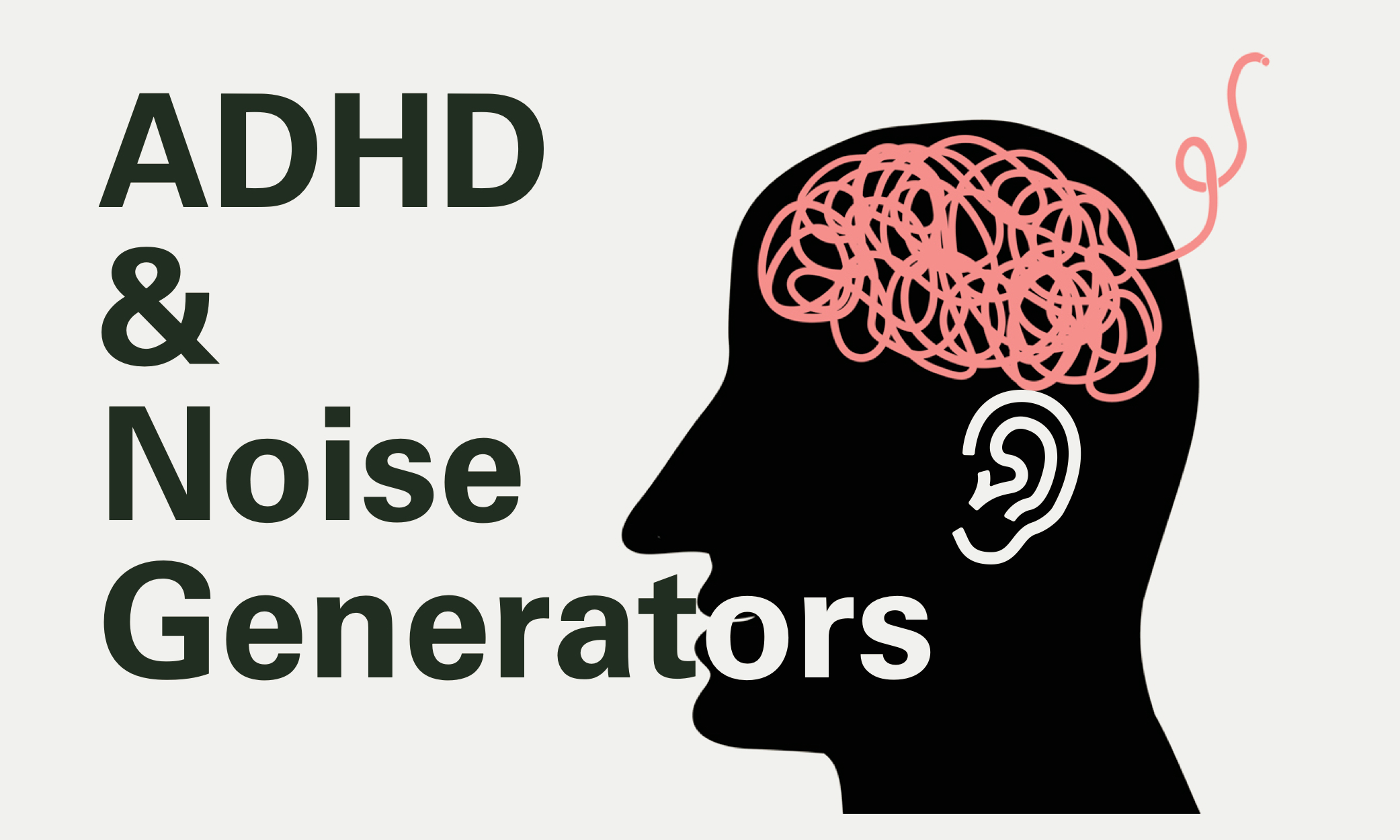FF 4.3 | Playing songs with dynamic charts
3 Playing Songs With Dynamic Charts (2-4 days)
Objectives
Apply dynamic chord charts to create the shapes necessary to play examples using efficient fretting hand movement.
Procedure
Finding Chords in a Song: Using the NoteFlight scores for level one songs in G, have students identify all different chords used in the first line, marking them on their laminated charts if needed.
Flight Paths and Chord Transitions: Teach students about "flight paths" – efficient ways to move from one chord to another. Have them practice these transitions for the first line with just their fretting hand, aiming for minimal movement.
Group Practice: With the chords and transitions identified, students practice playing the song together as a class, starting at a slower tempo and gradually increasing to the original tempo trying to use the least amount of movement between chords.
Assign Lines: Assign a line or lines from the Open Chord Songs I and II to individual students based on their performance level.
Practice with Partners: Assign practice partners to students, where they can check each other's chord shapes and practice their lines in tandem-they do not need to be on the same line.
Chord Assessment: Assess students on their assigned line.
Opening and Closing Activities
Opening Activity: Play a video of someone playing chords at normal speed and then play it slowed down. Demonstrate fast versus slow technique and how it is possible to play slowly using fast technique, but impossible to play quickly using slow technique.
Closing Activity: Conduct a quick review game where students identify chords or transition paths from one chord to another on the spot, fostering a fun and competitive atmosphere to reinforce learning.
Assessment
Performance: Assess students based on their ability to play the chosen song accurately, focusing on chord accuracy, rhythm, and technique. Have them count with their performance and/or play with the backing track.
Participation: Observe students' engagement and participation during practice sessions with their partners, noting their ability to apply feedback and improve.
Differentiation
Remediation: Select examples on the top of “Songs In G” score for students who are struggling. You can also have them draw the chord charts and show the flight paths on a laminated copy of the Dynamic Charts PDF.
Enrichment: Assign examples from the Songs In C&G II. Some of these require playing with the indicated picking. These students may have to watch the strumming video to be able to accurately play these examples.
Notes
Highlight the importance of minimal movement between chords to improve efficiency and speed in playing. Call out students who are using purposeful and mindful practice in the transition between chords.
Do some “fretting-hand-only” practice time where students concern themselves only with finger placement and the movement between chords.





